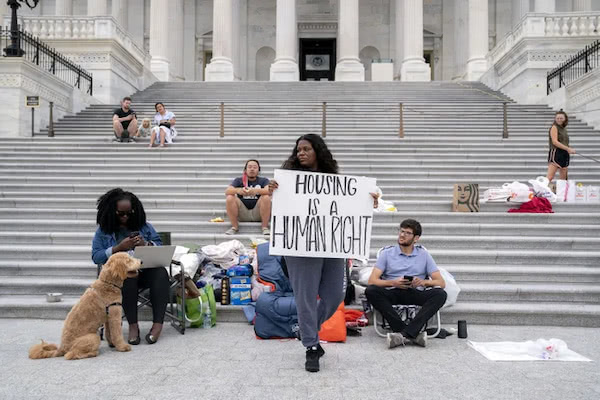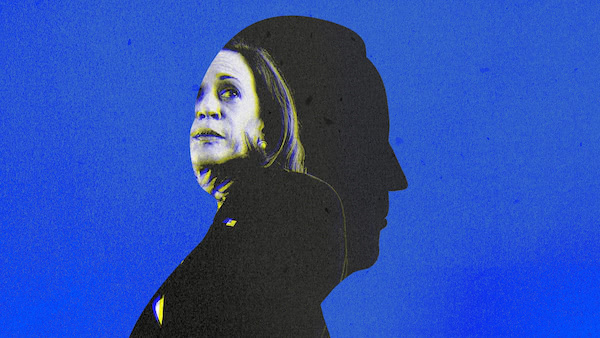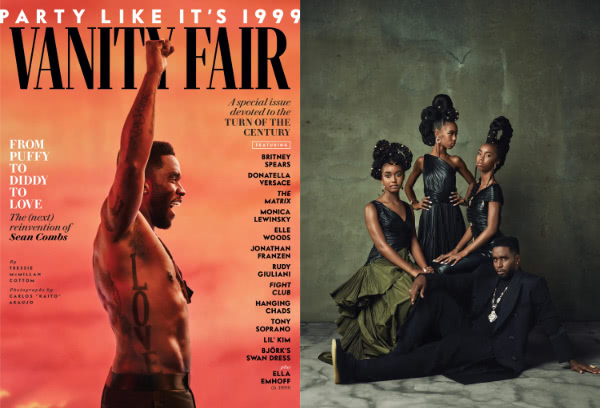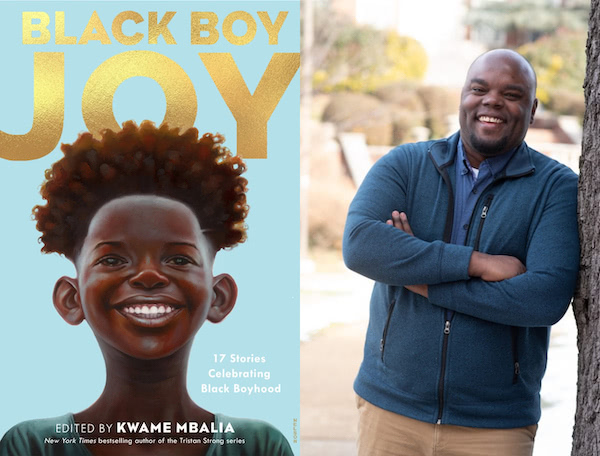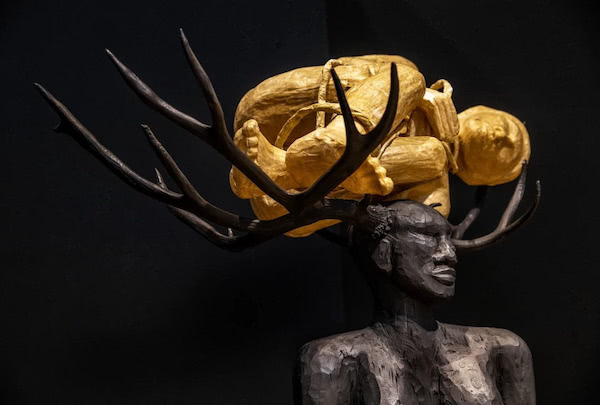His Name Was Emmett Till
This is, admittedly, a disturbing, head-shaking read. But it is necessary. Wright Thompson recounts the story of Emmett Till’s murder for The Atlantic. Although news of the fourteen-year-old’s torture and death at the hands of several white men went worldwide after photos of his brutalized body were published in Jet magazine, much remains unknown about the night of his murder. Even where it happened is in danger of being forgotten.
The gravel crunched under his feet as he walked to the barn, which is long and narrow with sliding doors in the middle. Its walls are made of cypress boards, weathered gray, and it overlooks a swimming pool behind a white columned house. Jeff Andrews rolled up the garage door he’d installed.
Our eyes adjusted to the darkness of the barn where Emmett Till was tortured by a group of grown men. Christmas decorations leaned against one wall. Within reach sat a lawn mower and a Johnson 9.9-horsepower outboard motor. Dirt covered the spot where Till was beaten, and where investigators believe he was killed. Andrews thinks he was strung from the ceiling, to make the beating easier. The truth is, nobody knows exactly what happened in the barn, and any evidence is long gone. Andrews pointed to the central rafter.
“That right there is where he was hung at.”
Cori Bush Kept Millions of People From Losing Their Homes
Claire Lampen, writing for The Cut:
Decades before her election to the House in November, Bush — a nurse, pastor, and an activist in the St. Louis area — experienced eviction firsthand. In 2001, an illness during her pregnancy forced Bush to quit her job, leaving her and her then-husband unable to make rent. For roughly three months, the couple and their two young children lived in their Ford Explorer. “I don’t want anyone else to have to go through what I went through, ever,” Bush told the Associated Press. “As long as I am a sitting U.S. congressperson, I will not keep my mouth shut about it.”
Kamala Harris Knows She’s Trapped
Peter Nicholas interviews Vice President Harris for The Atlantic:
In his first year as Obama’s vice president, Biden oversaw a smoothly executed $800 billion stimulus program. Two issues that Harris spearheads are immigration and voting rights, and her imprint on each feels faint. She visited Guatemala in June amid a mounting crisis over a surge in border crossings. There, she delivered a message that the White House wanted to broadcast. To those thinking of making the trip to the U.S. border, she said: “Do not come.” Liberals balked. Representative Alexandria Ocasio-Cortez, a Democrat from New York, tweeted that it’s legal for migrants to seek asylum. “This is disappointing to see,” she wrote above footage of Harris’s stark warning.
Lusia Harris, the Only Woman Drafted by an NBA Team
The New York Times’ excellent Op-Docs series of short documentaries continues. In this installment, “The Queen of Basketball” Lusia Harris tells her story for filmmaker Ben Lightfoot.
Yeah, they’re millionaires. Famous. But I wanted to grow up and shoot that ball just like they would shoot it, and I did.
(via kottke.org)
From Puff Daddy to Puffy to Diddy to Love, Sean Combs Is Reinventing Himself—Again
Tressie McMillan Cottom profiles Diddy Love for Vanity Fair:
The man who turned hip-hop culture into a global lifestyle brand in the go-go 1990s has a lot to think about during the cultural upheaval of the 2020s. “I am the happiest I’ve ever been in life, I laugh the most, I smile the most, I breathe the most,” he tells me. In a word, Combs has love on his mind.
An Homage to Black Boyhood From the Creator of Tristan Strong
Pierre-Antoine Louis reviews the children’s book Black Boy Joy for the Times:
Danielle Young coined the term “Black Boy Joy” in 2016 after watching Chance the Rapper exude happiness at MTV’s Video Music Awards. A welcome contrast to how young Black men are often portrayed in the media, it soon became a hashtag. In the introduction to his anthology of the same name, Kwame Mbalia (author of the Tristan Strong series) confesses that he doesn’t like watching the news, because growing up it was “always reporting on some local shooting or some death or some other tragedy that made my mother shake her head and my father scowl … because nine times out of 10, a face like mine was on the screen.”
That’s why Mbalia invited 16 Black author friends to help him highlight “the revelry, the excitement, the sheer fun of growing up as boys in and out of the hood.” From stories (by the likes of Jason Reynolds, Varian Johnson and Tochi Onyebuchi) to poetry (Dean Atta) and comics (Jerry Craft), “Black Boy Joy” has something for every type of reader.
Alison Saar’s poetic chronicles of Black womanhood
Christopher Knight, reporting for the Los Angeles Times:
Alison Saar’s sculptures of Black women are like sentinels. Standing or enthroned, their job is to keep watch.
Two-dozen Saar scultures are on view at the Armory Center for the Arts in Pasadena and the Benton in Claremont, through mid-December.
We fall down…
…but we get up.
Thanks for reading. See you next week.


